Contents
In this post: You Will Learn Tips, Tricks and the Best Spelling Curriculum to Teach Homeschool Spelling Easily and Effectively.
When homeschooling your children, you want them to do well in each subject, especially spelling and vocabulary that they will need to know for the rest of their lives. No matter the age of your children, there are several things you can do to teach homeschool spelling while making it much more exciting for the kids. If you get creative and get in the habit of doing some of the activities below, you can expect to see your children get better at recognizing words and spelling them.
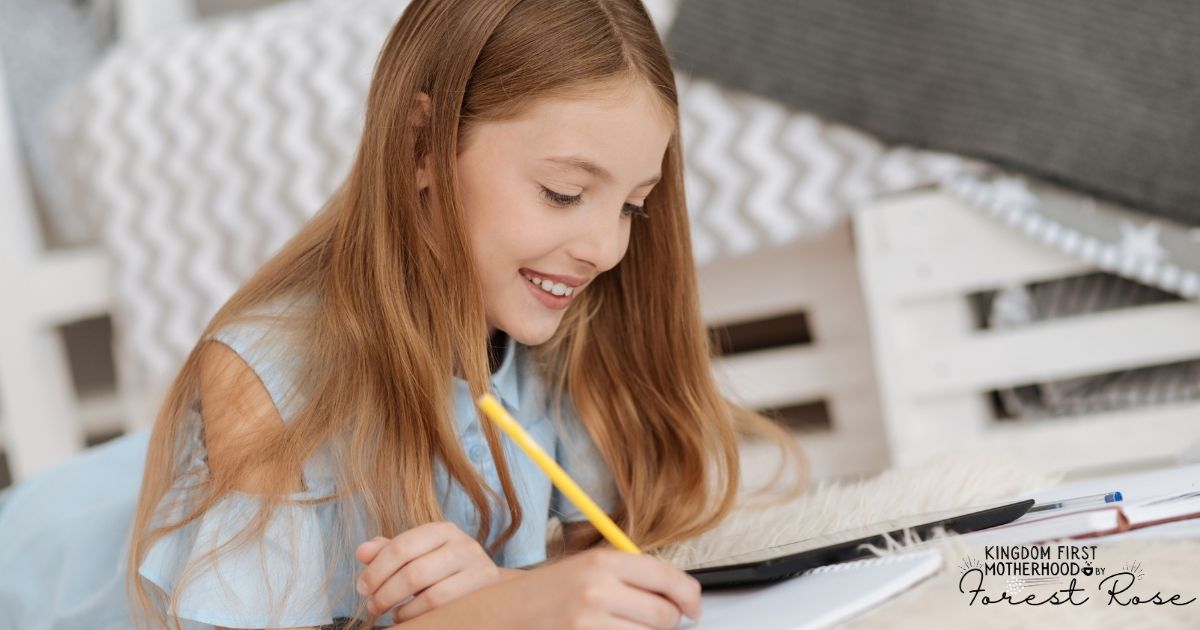
Some links mentioned on this blog are affiliate links for your convenience. Thank you for supporting this blog. For more information, read my complete disclosure policy
1. Hang Words Up Around the Home
Encourage reading and spelling by hanging up words all around the home. You can write the words out on flashcards or print them out and laminate them to keep them from getting damaged.
You might want to place words of different items around your home, such as the fridge, table, desk, window, door, and more. If your children continuously see these words because you have them hanging up in different spots, they will start to remember the words and spell them correctly.
Additionally hang spelling rules to help your kids decode the words.
Check out this Free Spelling Rules Poster.
2. Create Flash Cards With Sight Words
Sight words can sometimes be the trickiest words to spell, because you typically can’t sound them out. Make as many flashcards as you need to teach sight words. You can make the flashcards look more exciting by using different colored cards and colorful markers while spelling out the words.
When you have the words on a card, you can hold them one at a time and get your child to attempt to sound the word out. The goal is to get your child to eventually recognize and read all the words correctly, followed by remembering how to spell them. You might want to work with the flashcards for at least 15-30 minutes each day.
3. Turn Spelling Words Into Songs and Games
If you have younger children, try turning spelling words into quick songs. Just as kids learn the alphabet by learning the alphabet song, they can learn a lot of other things with catchy songs including spelling.
Instead of saying the letters to each word, sing them in a fun tune that your children will remember. You can spell the words out while singing and then get your children to do the same. Kids learn when they are having fun. Singing songs adds a layer of fun and making it a game for them.
When it is time for them to spell a specific word, the tune might stick with them, allowing them to quickly write the letters of the word down on a sheet of paper.
I’ve found that spelling list on Monday and Test on Friday, just doesn’t work for my kids. So I like to find creative ways to turn spelling into a game. Examples – Have your child spell the word while hopping on one foot, doing jumping jacks, playing hopscotch, spelling using playdoh, spelling words out in flour or sugar on a cookie sheet. Anything you can do to add a bit of fun.
4. Use Word Puzzles
Encourage your children to spell words by purchasing word puzzles. Each puzzle piece has a letter on it that will help the child put a word together.
You can find different word puzzle variations, including more challenging options for older children or children starting to get more familiar with other words. Besides helping with spelling, this activity will get your children to focus on the task in front of them while keeping them occupied. It is a fun activity that they can enjoy doing while homeschooling.
5. Try All About Spelling
If you’ve never heard of All About Spelling, here’s some of the basics.
Developed for busy parents, teachers, and tutors, All About Spelling is a scripted, open-and-go program that teaches spelling in the most effective way possible. This award-winning seven-level program provides complete and comprehensive instruction.
All About Spelling is a multi-sensory homeschool spelling curriculum designed to teach students the rules of spelling based on the Orton-Gillingham approach.
The Orton-Gillingham approach is known to help children who struggle with dyslexia. The cool thing is that this method happens to be (in my opinion) the best approach to teaching spelling to any child with dyslexia or not.
Through this effective method and other targeted dyslexia intervention programs students can concentrate better on their academic pursuits as they focus more on phonics, decoding, and spelling. These programs assist and aim to improve overall reading and spelling skills in children with dyslexia. Moreover, the strategies help dyslexic students grasp information better and build confidence, making sure they achieve greater academic success.
All About Spelling has seven levels. However, the levels do not necessarily match up to grade level. It is highly recommended to take the placement test, but really consider to start your child at level one.
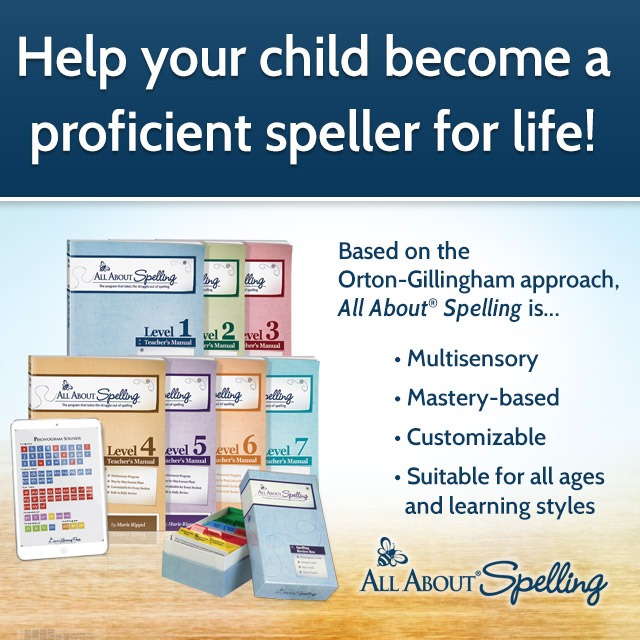
How All About Spelling Makes It Easy to Learn
- Multisensory approach makes it easy for kids to understand.
- Built-in review system helps learning stick.
- kids look forward to spelling lessons because of the motivating, hands-on activities.
- This mastery-based, building block program works with kids who have learning disabilities as well as those who do not.
- Their explicit teaching helps students succeed.
How All About Spelling is Easy to Teach
- 7 levels of comprehensive spelling instruction.
- Words are broken down using colored squares to engage multiple senses and make spelling fun.
- Building block progressions allows even children with learning disabilities to learn rapidly
- 1-Year, 100% money-back guarantee with lifetime support.
This isn’t your typical “list-on-Monday – test-on-Friday” way of teaching!
Instead, you’ll find dozens of proven techniques that are guaranteed to help your student master English spelling. Your child will learn the sounds of the 26 letters of the alphabet, 45 common letter combinations (such as CK and IGH), and tried-and-true spelling rules.
With these tools, your student can spell the vast majority of English words. In addition, they will get solid strategies for mastering the remaining words, which we call “rule breakers.”
By Level 7, your student will be spelling at the high school level.
The program teaches why we spell words in certain ways while learning the spelling rules at the same time. So if you start at level 3, for instance, your child may have a gap in learning some of the foundational rules taught in the previous levels.
Additionally, you can try the placement tests available to see if they recommend your child skip a level.
Every lesson includes a review, new teaching, word cards, reinforcement, and extension words. The Teacher’s Manual has everything you need to teach the program.
All About Spelling is great for the busy homeschool mom because it requires very little beforehand prep work. All you have to do is just open the Teacher’s Manual, grab the box of spelling cards, and go.
Children can learn spelling with the right techniques and strategies. If you want to help your children improve at spelling different words, try some of the tips mentioned above. It is possible to make spelling fun and enjoyable, ultimately motivating your kids to keep up with it and get better at it over time.
Pin it for later!

You may also be interested in:
For more homeschooling inspiration, tips and encouragement, make sure to follow KFH on Facebook, Pinterest, Instagram and Twitter, and subscribe to our Newsletter for some FREE GOODIES!
Forest Rose is a God Loving, Blessed Wife, & Mama to 3 girls. She’s passionate about lifting moms out of the trenches that are discouraged, overwhelmed, or feeling alone or isolated. Her hope is to point them to Christ and equip them to rise up with a newfound hope and joy within, that He alone can provide. Besides blogging, she also loves to create printables!
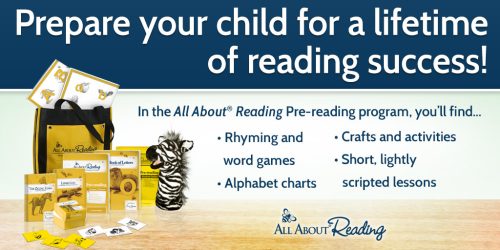

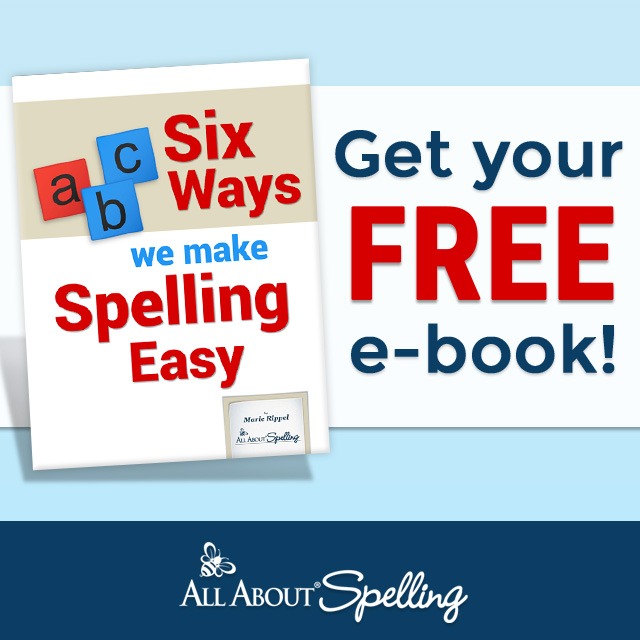

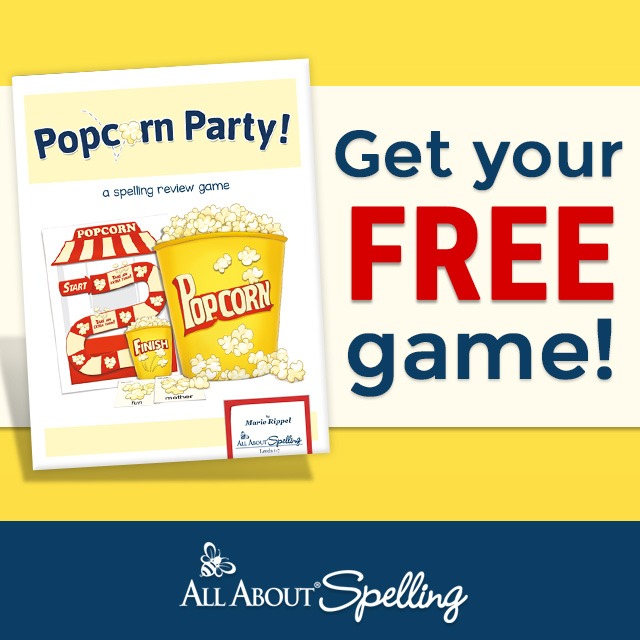
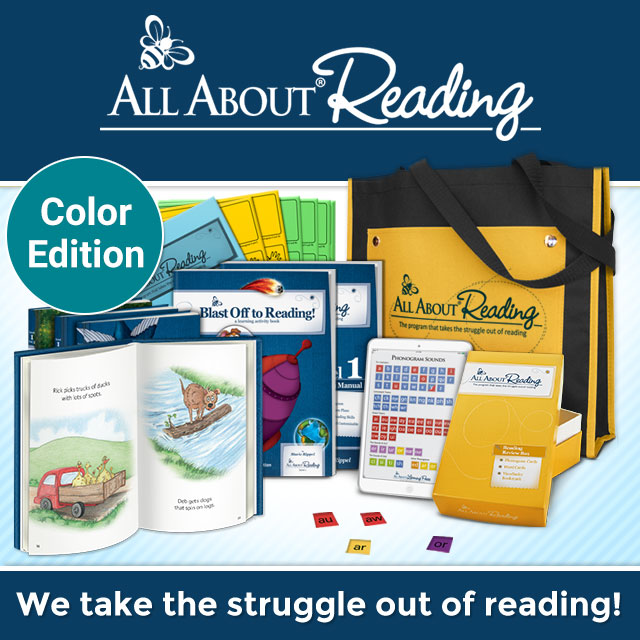
Leave a Reply